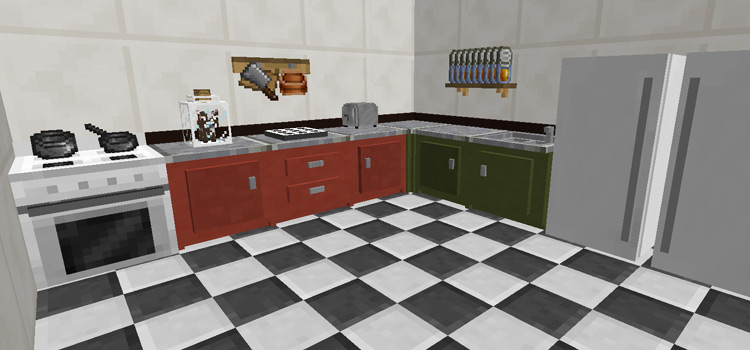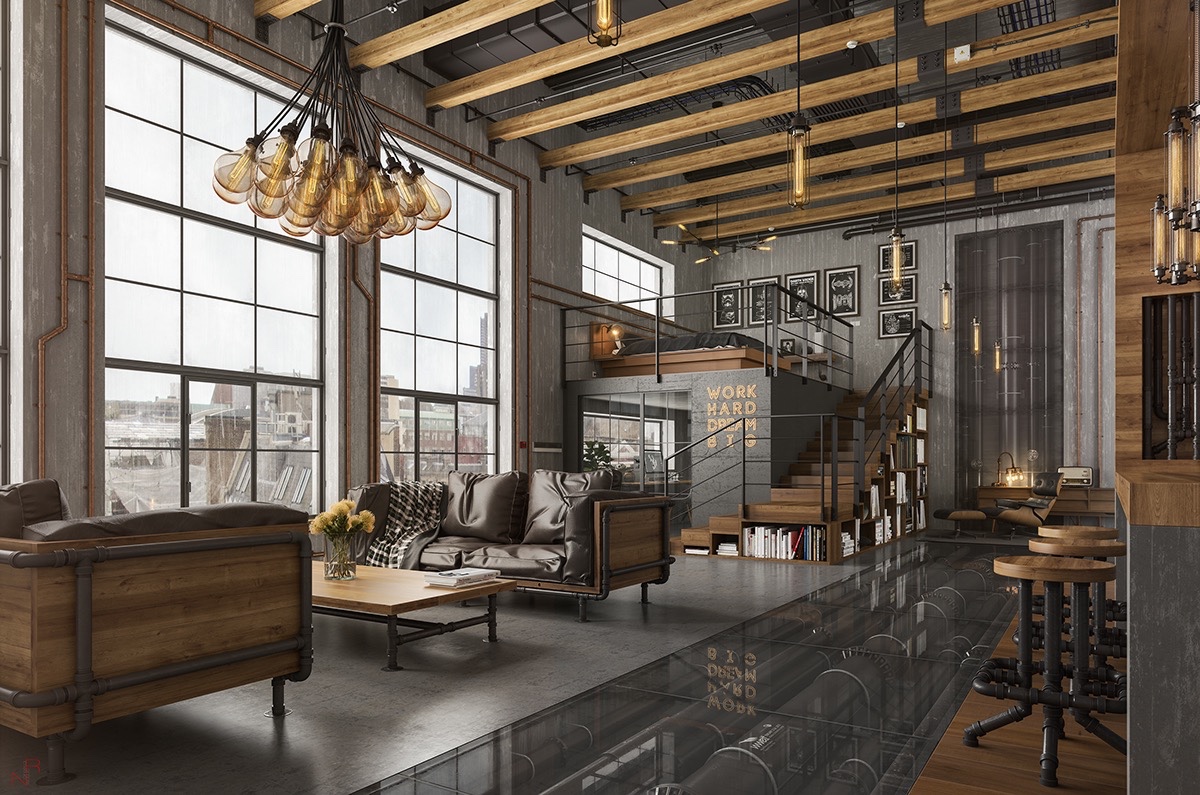Living Room Layout Ideas: Place Your Furniture for the Perfect Flow
Creating the perfect living room layout can be a daunting task, but it's also one of the most important aspects of designing a functional and inviting space. The layout of your furniture can greatly affect the flow and functionality of your living room, so it's important to carefully consider your options. Here are some ideas and tips for arranging your furniture to achieve the perfect flow in your living room.
First and foremost, start by identifying the focal point of your living room. This could be a fireplace, a large window with a view, or a TV. Once you have identified the focal point, arrange your furniture around it. This will not only create a sense of balance in the room, but it will also draw attention to the focal point.
Pro tip: If your living room doesn't have a natural focal point, create one by arranging your furniture in a conversational grouping, such as a sofa facing two chairs or a sectional facing a coffee table.
Living Room Layouts and Furniture Arrangement Tips
When it comes to living room layouts, there are a few tried and true arrangements that work well for most spaces. One popular layout is the L-shaped configuration, which is perfect for open concept living spaces. This layout typically includes a sofa and loveseat or two sofas placed perpendicular to each other, creating a cozy and intimate seating area.
If you have a smaller living room, consider a symmetrical layout with two identical sofas facing each other, flanking a coffee table. This arrangement not only creates balance and symmetry, but it also maximizes seating and encourages conversation.
Pro tip: Don't be afraid to mix and match different types of seating, such as a sofa and chairs, to add visual interest and variety to your living room layout.
Living Room Furniture Arrangement Ideas
Another important factor to consider when arranging your living room furniture is traffic flow. You want to make sure there is enough space for people to move around comfortably without having to navigate around furniture. Leave at least 18 inches between the coffee table and sofa, and 3 feet between pieces of furniture to allow for easy movement.
For a more casual and relaxed feel, consider a U-shaped layout with a sofa, two chairs, and a coffee table. This layout is great for entertaining, as it encourages conversation and creates a cozy and inviting atmosphere.
Pro tip: Use an area rug to define and anchor your living room furniture arrangement. Make sure the rug is large enough for all of the furniture to fit comfortably on top.
Living Room Layouts: How to Arrange Furniture
When arranging furniture in your living room, it's important to consider the functionality of the space. If you have a TV in your living room, make sure it is placed at a comfortable viewing distance from the seating area. Consider mounting the TV on the wall to save space and create a cleaner look.
If you have a large living room, try breaking it up into different zones. For example, create a reading nook with a comfortable chair and lamp, or a game zone with a table and chairs. This will not only add functionality to your living room, but it will also make the space feel more dynamic and interesting.
Pro tip: Use accent furniture such as side tables, ottomans, and bookshelves to add personality and fill in any empty spaces in your living room layout.
Living Room Layouts: How to Arrange Furniture
Don't be afraid to think outside the box when it comes to arranging your living room furniture. Consider placing your sofa in front of a window or at an angle to add a unique and unexpected touch to your layout. You can also experiment with different furniture arrangements until you find the perfect one for your space.
If you have a small living room, consider using multipurpose furniture such as a storage ottoman or a coffee table with built-in storage. This will not only save space, but it will also help keep your living room clutter-free.
Pro tip: Use a mix of lighting, including overhead, task, and ambient lighting, to create a warm and inviting atmosphere in your living room.
Living Room Layouts: How to Arrange Furniture
When it comes to living room layouts, it's important to strike a balance between functionality and aesthetics. While it's important to have enough seating and clear traffic flow, it's also important to create a visually pleasing and cohesive look.
Consider the overall style and color scheme of your living room and choose furniture that complements it. Mixing and matching different styles and textures can add dimension and interest to your space.
Pro tip: Use a variety of throw pillows and blankets to add color and texture to your living room furniture and tie the whole look together.
Living Room Layouts: How to Arrange Furniture
Another important aspect to consider when arranging your living room furniture is the size and scale of your pieces. Make sure your furniture is proportionate to the size of your living room. For example, a large sectional may overwhelm a small living room, while a small loveseat may get lost in a large living room.
If you have a fireplace in your living room, make it the focal point by arranging your furniture around it. This will not only create a cozy and inviting atmosphere, but it will also make your living room feel more intimate and cohesive.
Pro tip: Use mirrors to visually expand your living room and reflect natural light, making the space feel brighter and more spacious.
Living Room Layouts: How to Arrange Furniture
In addition to the furniture arrangement, don't forget about the walls in your living room. Use artwork, shelves, and other wall decor to add personality and visual interest to your space. Consider creating a gallery wall or using a large statement piece of artwork as a focal point.
When it comes to arranging furniture, don't be afraid to break the rules and trust your instincts. Ultimately, the most important thing is to create a space that is functional, comfortable, and reflects your personal style.
Pro tip: Use a mix of textures, such as velvet, leather, and natural materials, to add depth and coziness to your living room.
Living Room Layouts: How to Arrange Furniture
When arranging your living room furniture, it's important to consider the purpose of the space. If you're someone who loves to host and entertain, make sure you have enough seating and a layout that encourages conversation. If you're someone who prefers to relax and unwind in your living room, consider a cozy and comfortable furniture arrangement.
If you have a small living room, consider using furniture with legs to create a sense of openness and make the space feel larger. This will also make it easier to clean and maintain the space.
Pro tip: Use a mix of colors and patterns to add personality and visual interest to your living room. Just be sure to choose colors and patterns that complement each other.
Living Room Layouts: How to Arrange Furniture
Lastly, don't forget to consider the functionality of your living room when arranging furniture. If you have kids or pets, choose durable and easy-to-clean fabrics. If you love to read or watch TV in your living room, make sure you have a comfortable and well-lit reading nook.
It's also important to leave enough space between furniture for people to move around comfortably, especially if you have a busy household. And don't forget to leave space for accessories and decor, such as plants, candles, and books, to add personality and make your living room feel like home.
Pro tip: Use a variety of textures, such as faux fur, knit, and woven materials, to add warmth and coziness to your living room.
The Importance of a Well-Designed Living Room

Creating a Functional Space
 When designing a house, the living room is often considered the heart of the home. It is where families gather, friends are entertained, and memories are made. Therefore, it is essential to have a well-designed living room that not only looks aesthetically pleasing but also serves its purpose. This is where the
diagram of a living room
comes into play. It allows homeowners to plan and create a functional space that meets their specific needs and preferences.
When designing a house, the living room is often considered the heart of the home. It is where families gather, friends are entertained, and memories are made. Therefore, it is essential to have a well-designed living room that not only looks aesthetically pleasing but also serves its purpose. This is where the
diagram of a living room
comes into play. It allows homeowners to plan and create a functional space that meets their specific needs and preferences.
Optimizing Space and Flow
 A
diagram of a living room
provides an excellent opportunity to optimize the space and flow of the room. It allows homeowners to carefully plan the placement of furniture, decor, and other elements to ensure that the room is not only visually appealing but also easy to navigate. By having a well-organized living room, it becomes more functional and efficient, making it a more enjoyable space for everyone.
A
diagram of a living room
provides an excellent opportunity to optimize the space and flow of the room. It allows homeowners to carefully plan the placement of furniture, decor, and other elements to ensure that the room is not only visually appealing but also easy to navigate. By having a well-organized living room, it becomes more functional and efficient, making it a more enjoyable space for everyone.
Reflecting Personal Style
 A living room is a place where personal style can truly shine. It is a space that can be decorated and designed to reflect the homeowner's taste and personality. With a
diagram of a living room
, homeowners can visualize and plan the layout of the room, ensuring that it reflects their personal style. Whether it be a cozy and inviting space or a modern and sleek atmosphere, the diagram allows for the perfect execution of the desired aesthetic.
A living room is a place where personal style can truly shine. It is a space that can be decorated and designed to reflect the homeowner's taste and personality. With a
diagram of a living room
, homeowners can visualize and plan the layout of the room, ensuring that it reflects their personal style. Whether it be a cozy and inviting space or a modern and sleek atmosphere, the diagram allows for the perfect execution of the desired aesthetic.
Incorporating Practicality and Comfort
 In addition to being visually appealing, a well-designed living room should also be practical and comfortable. This is where the
diagram of a living room
comes in handy. It allows homeowners to consider practical elements such as lighting, storage, and seating arrangements while still maintaining a comfortable and inviting atmosphere. By incorporating these factors into the design, the living room becomes a space that is both functional and enjoyable to spend time in.
Overall, a well-designed living room is crucial in creating a harmonious and welcoming home. With the help of a
diagram of a living room
, homeowners can plan and execute a space that not only looks beautiful but also serves its purpose. By optimizing space and flow, reflecting personal style, and incorporating practicality and comfort, the living room becomes the heart of the home.
In addition to being visually appealing, a well-designed living room should also be practical and comfortable. This is where the
diagram of a living room
comes in handy. It allows homeowners to consider practical elements such as lighting, storage, and seating arrangements while still maintaining a comfortable and inviting atmosphere. By incorporating these factors into the design, the living room becomes a space that is both functional and enjoyable to spend time in.
Overall, a well-designed living room is crucial in creating a harmonious and welcoming home. With the help of a
diagram of a living room
, homeowners can plan and execute a space that not only looks beautiful but also serves its purpose. By optimizing space and flow, reflecting personal style, and incorporating practicality and comfort, the living room becomes the heart of the home.
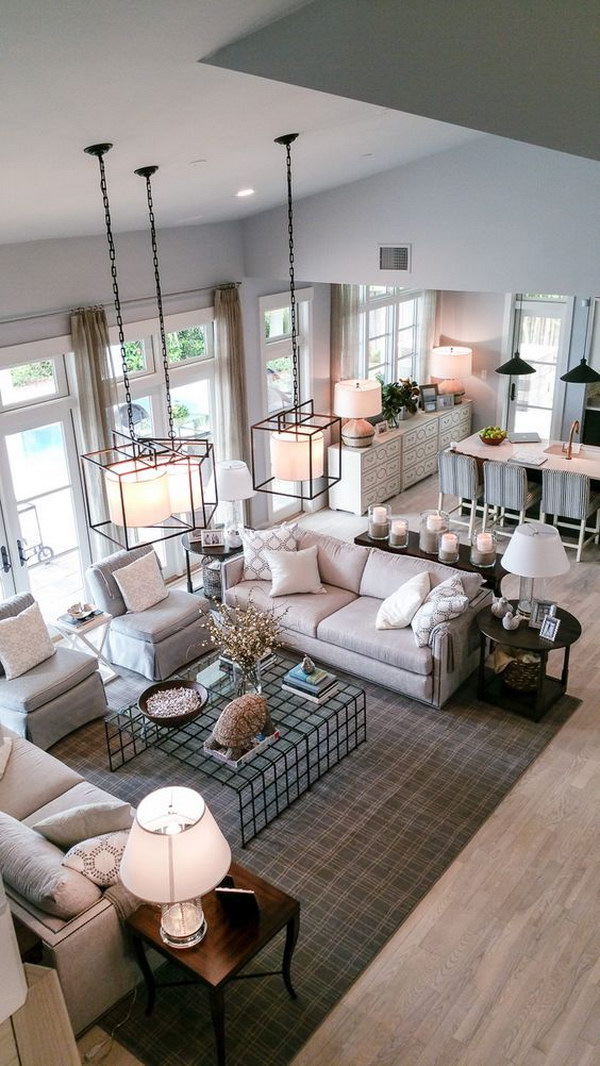


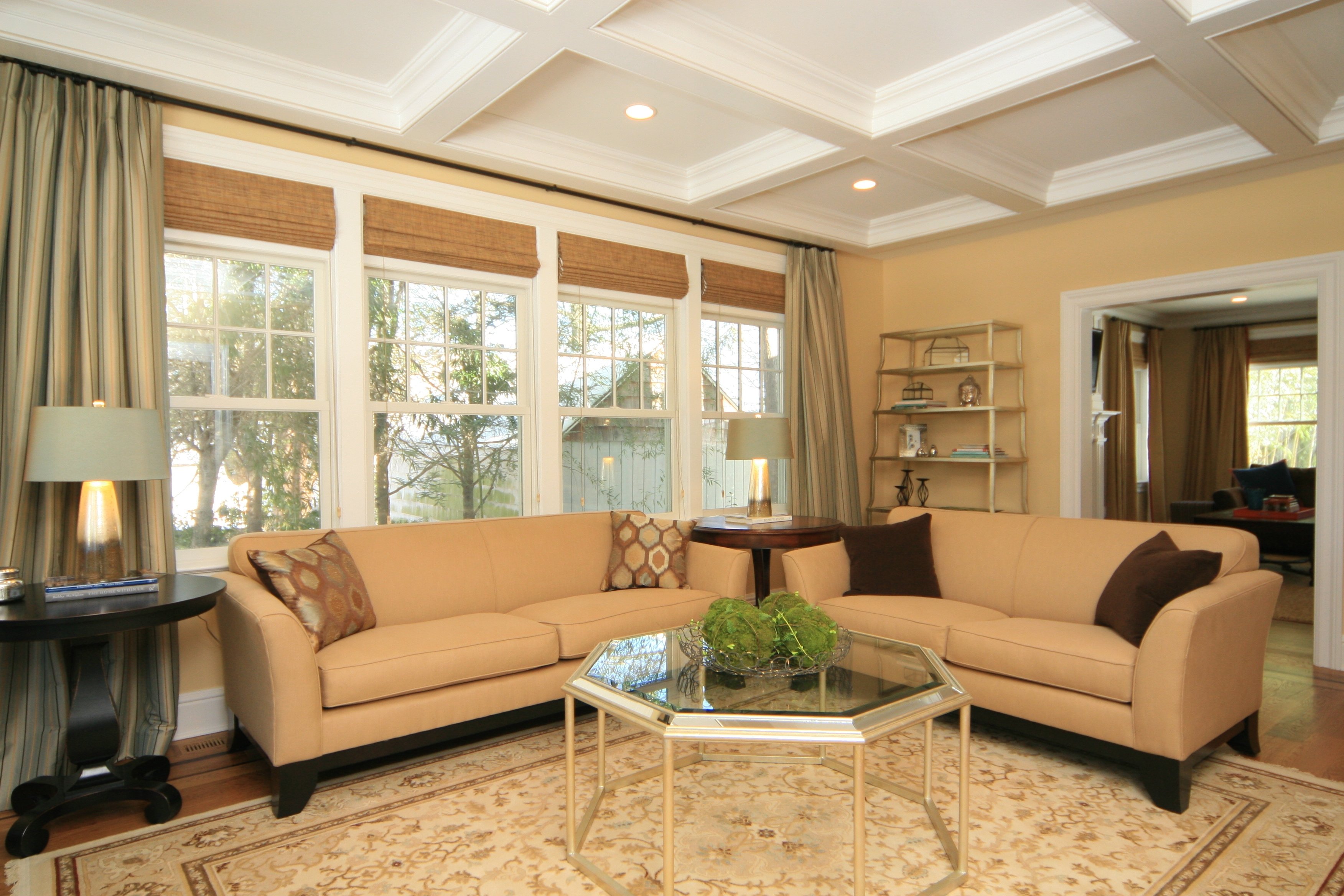














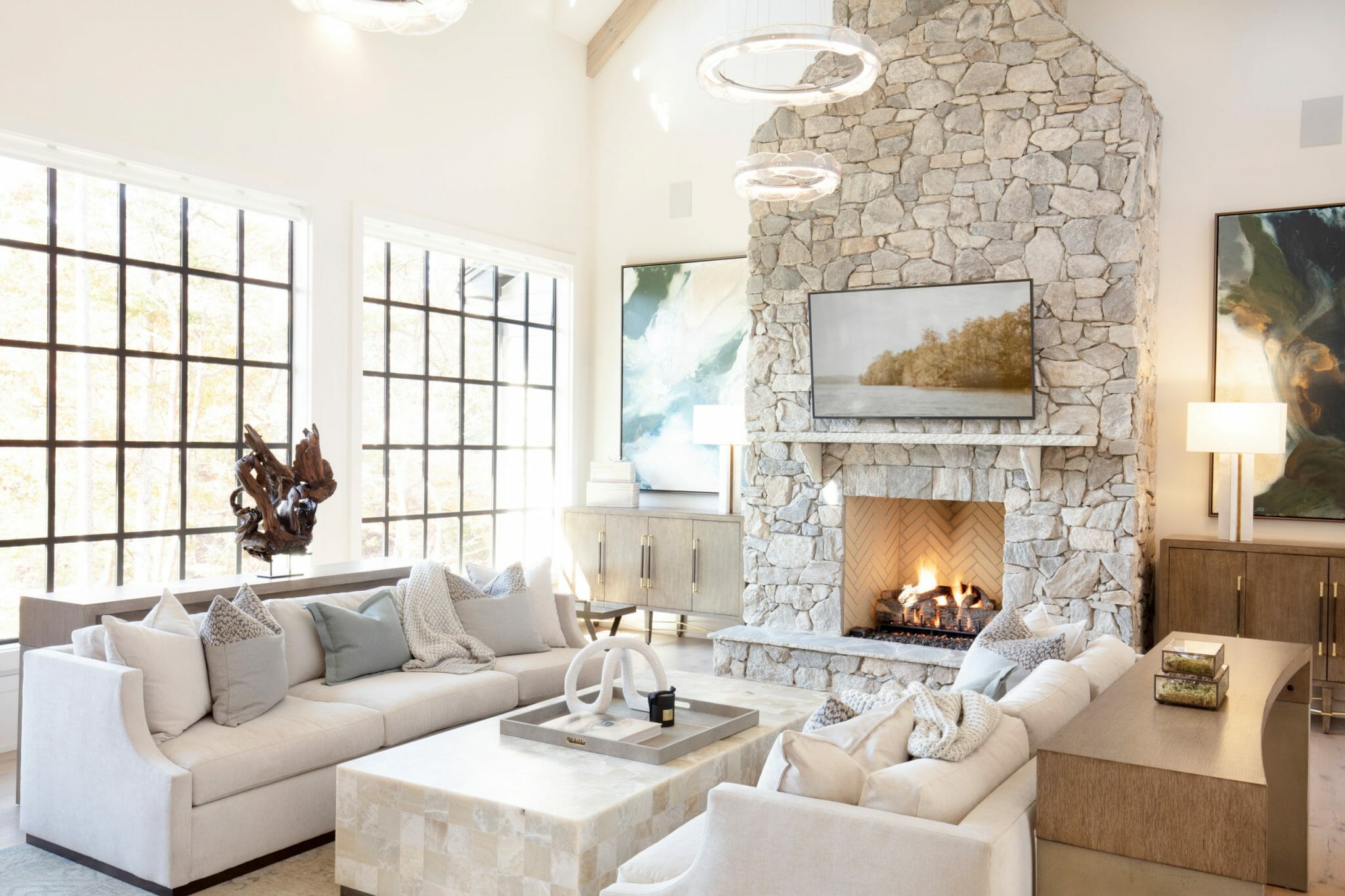

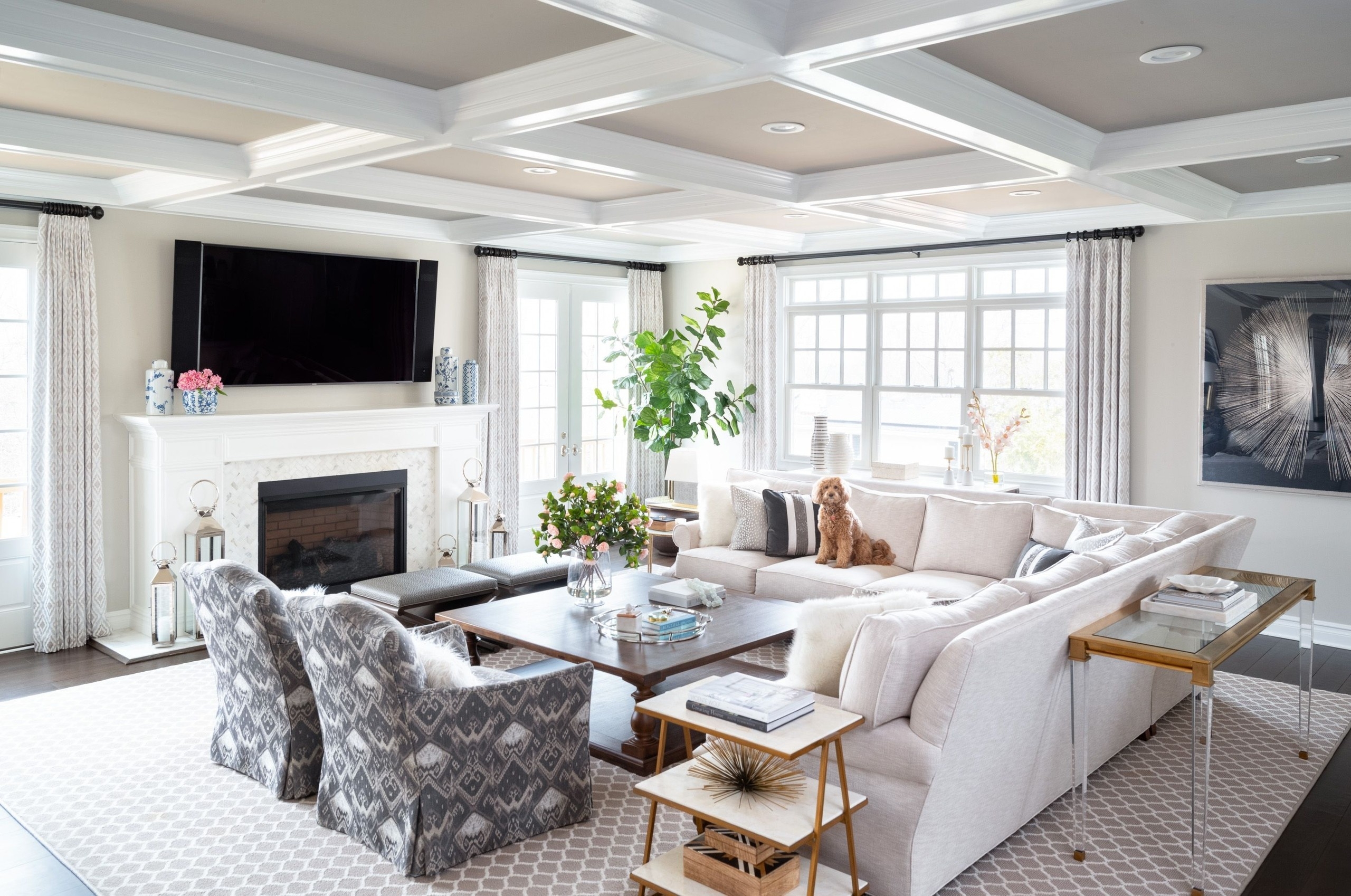




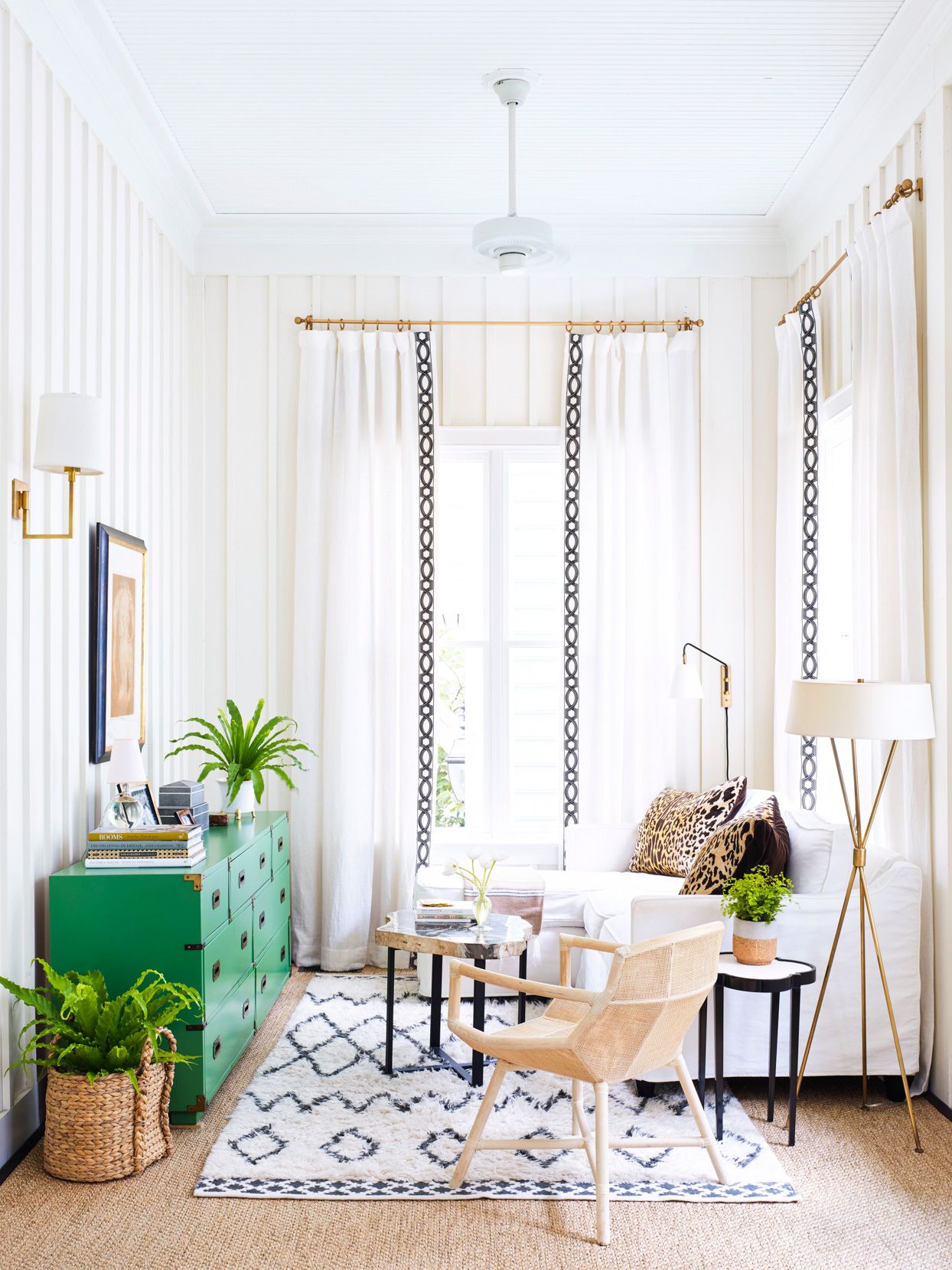


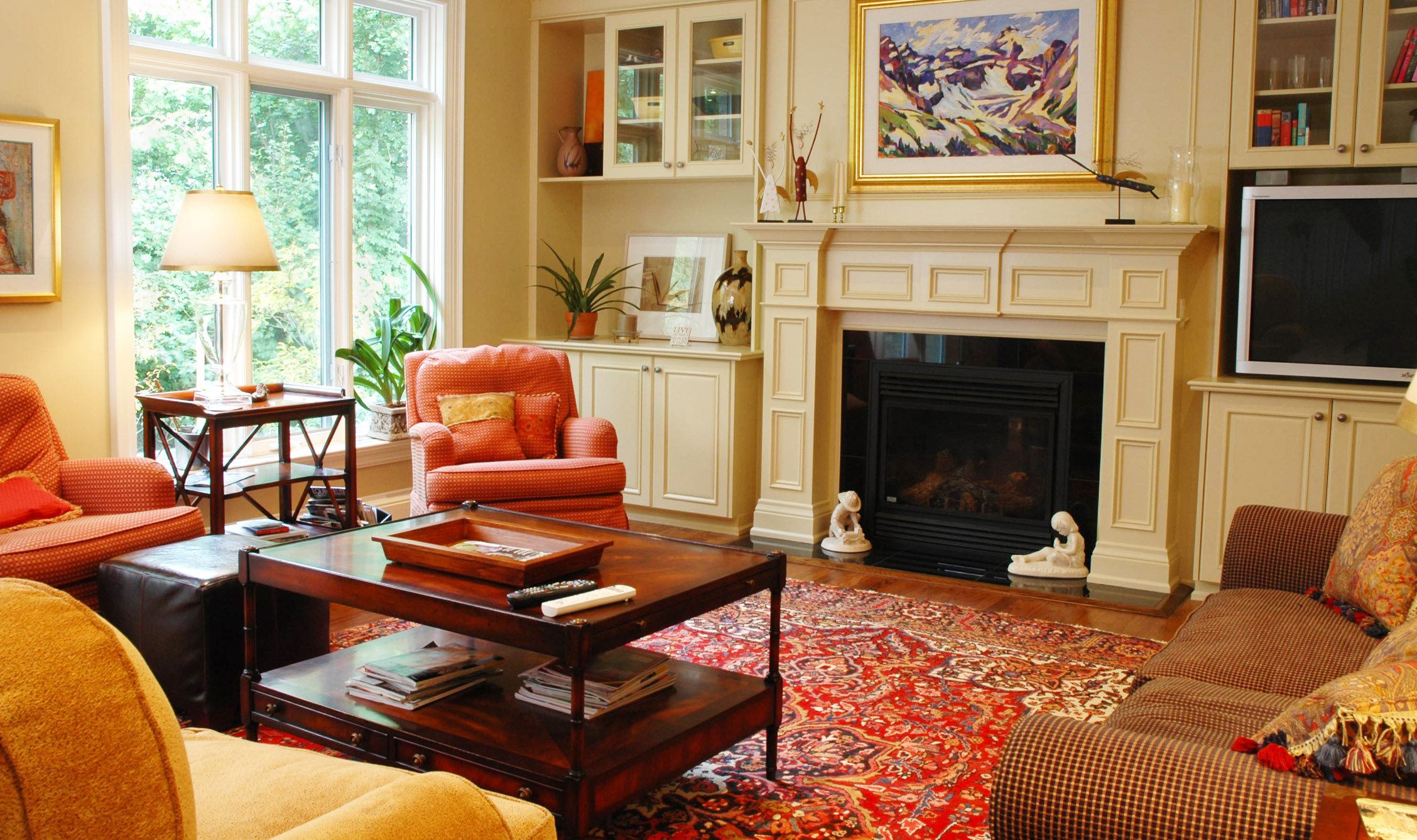


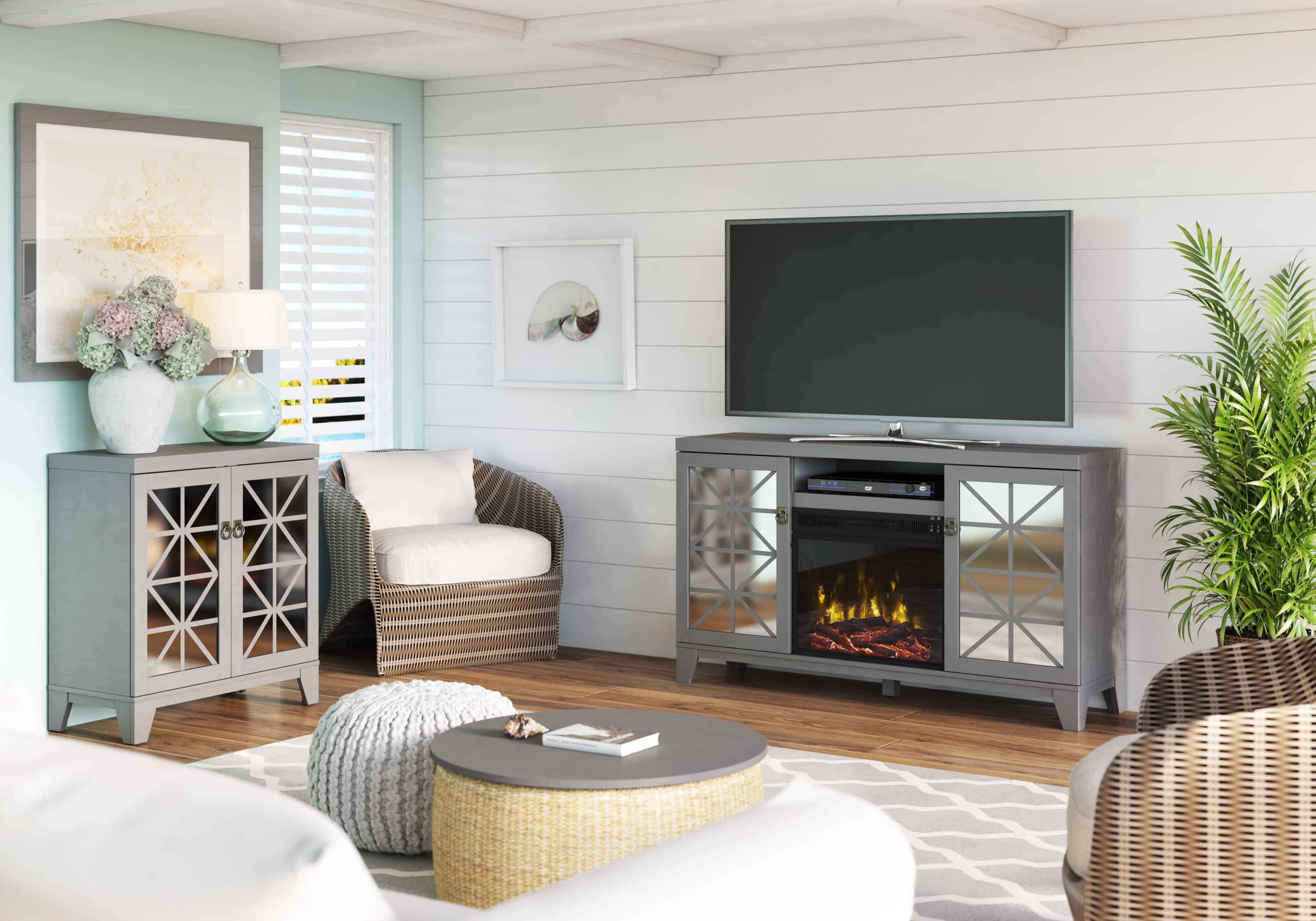

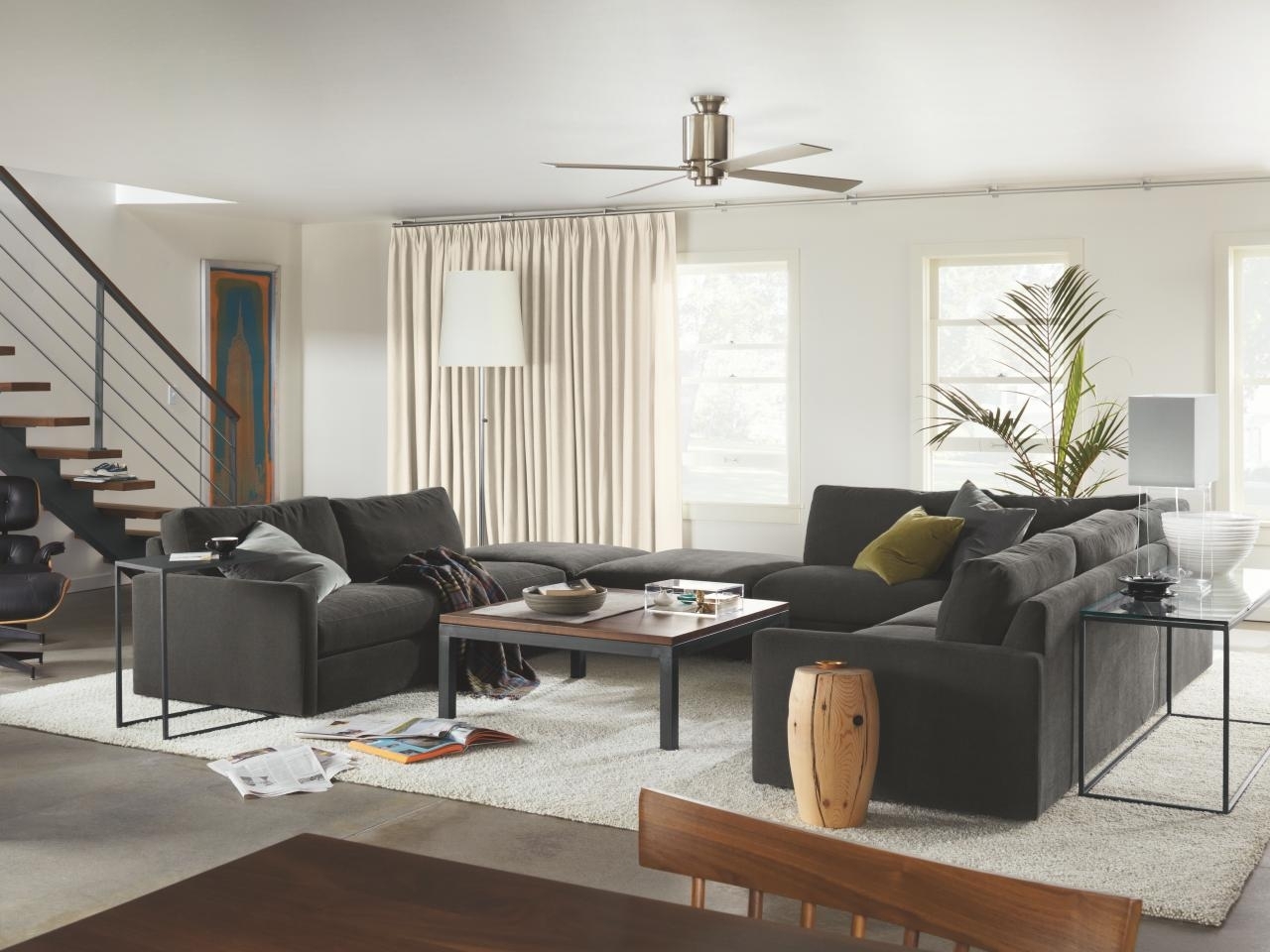








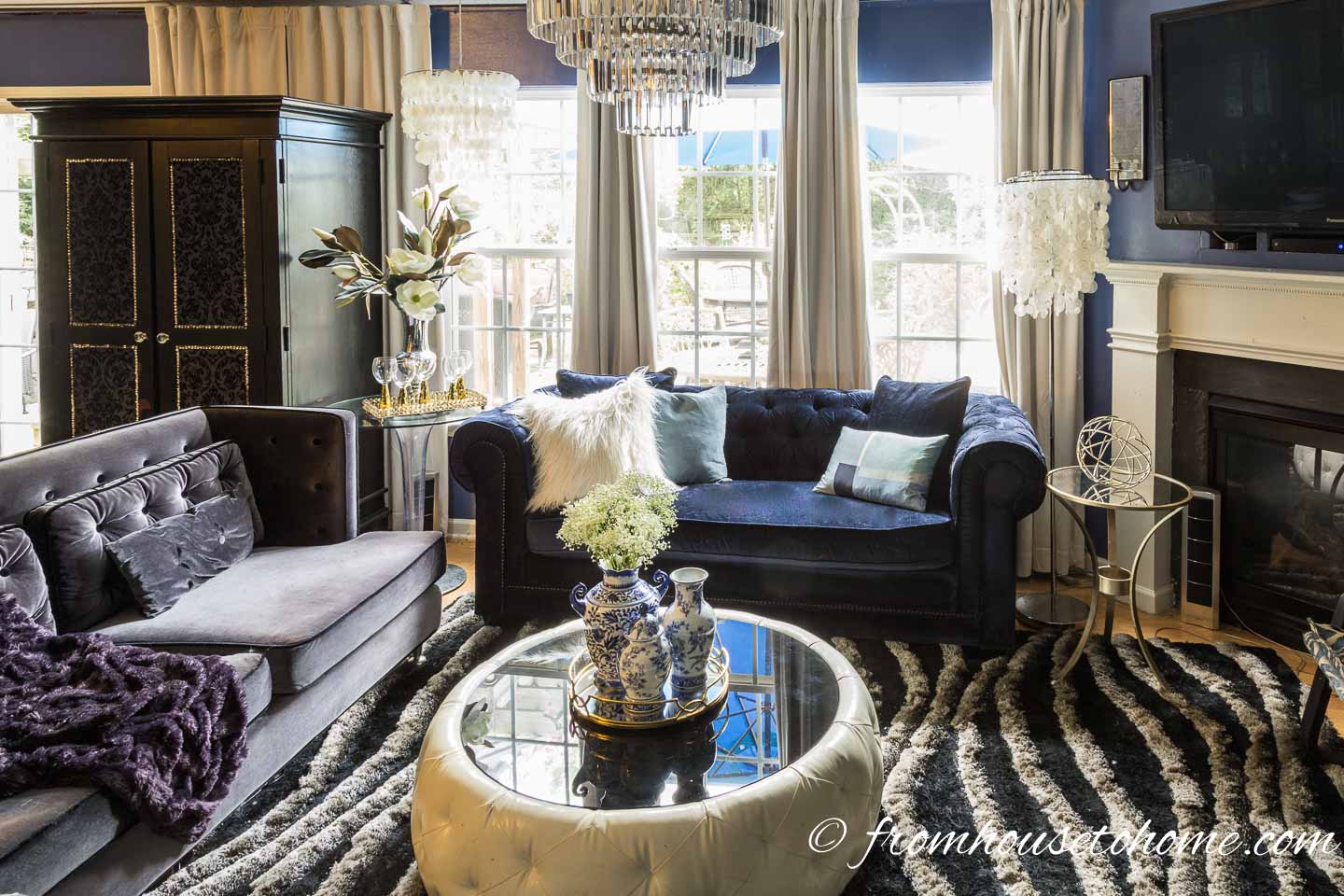
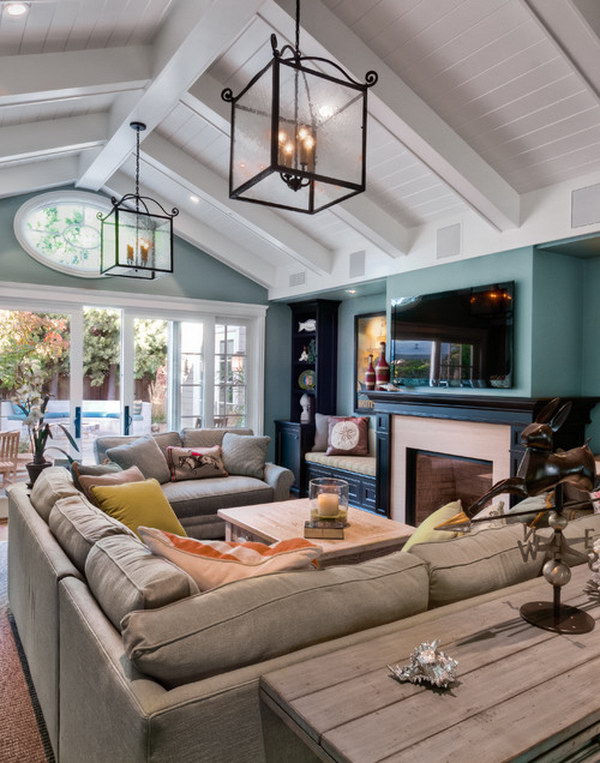

/arrange-furniture-awkward-living-room-5194365-hero-6738bbe71fea4187861db7ad9afbad44.jpg)
